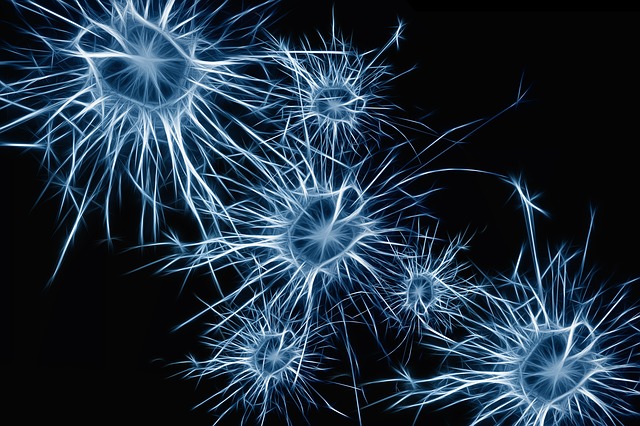Several neurological diseases are treated with brain stem cell transplants. The major hurdle for this therapy is the rejection of the foreign cells by the body’s own immune system. Scientists from Johns Hopkins Medicine have developed an innovative method to overcome this rejection, thus avoiding the anti-immunity drugs for effective brain stem cell transplant.
Neurological disorders such as Pelizaeus-Merzbacher disease affect nearly one in every 100,000 children in the United States. Brain stem cell transplant is widely used for such conditions to replace the damaged or missing cells with healthy cells. To date, transplant requires long-term anti-rejection drugs to stop the immune system attacking these foreign cells. As a consequence, the patient becomes susceptible to many side-effects and infections.
Researchers from Johns Hopkins have developed a way to overcome these side-effects, the results were recently published in the journal Brain.
The study focused on “co-stimulatory molecules”
The researchers looked for a method to modify T-cells, the primary cells fighting against any foreign substance that enter into the human body. Specifically, they focused on “co-stimulatory signals”- the signals that guard the immune system against attacking the body’s own cells. By blocking these co-stimulatory signals with antibodies, CTLA4-Ig and MR-1, they trained the immune system to recognize the transplanted cells as “self”.
Researchers identified new biomarkers for transplant acceptance status
Furthermore, in this study, the researchers identified miRNAs like miR-146, miR-223, and let-7a/7c, which predict the status of the transplanted cells, whether the immune system accepted them or not. miRNAs are small RNAs that regulate T-cells.
The study was carried out in mice. The scientists used three types of mice: genetically engineered mice to block the co-stimulatory signals, immunodeficient mice and the third type were the normal mice. They injected these mouse brains with the glial cells that produce the myelin sheath of neurons. These glial cells are specially designed to glow, and a special camera was used to detect these glowing cells. The normal mice with active co-stimulatory signals lost the transplanted cells and their glow was not detected by day 21. With the co-stimulatory blockade, they observed that the cells functioned and survived for more than 200 days. The functional capacity of the transplanted cells was assessed with MRI. Researchers compared the MRI images of the mice’s brains with surviving transplanted cells and those without. The results demonstrated the normal functioning of the transplanted cells.
Amongst the miRNAs, increased levels of miR-146 in the brain stem cell transplants coincided with graft rejection. miR-146 and miR- 223 levels were decreased in co-stimulatory blockade mice.
The study demonstrates a new possibility in the brain stem cell transplant. The encouraging results may nurture successful recovery in several neurological disorders in the future. However, it is preliminary and requires further research.
Written by Dr. Radhika Baitari, MS
References:
Li, S., Oh, B., Chu, C., Arnold, A., Jablonska, A., Furtmüller, G., Qin, H., Boltze, J., Magnus, T., Ludewig, P., Janowski, M., Brandacher, G. and Walczak, P. (2019). Induction of immunological tolerance to myelinogenic glial-restricted progenitor allografts.
EurekAlert!. (2019). In mice: Transplanted brain stem cells survive without anti-rejection drugs. [online] Available at: https://www.eurekalert.org/pub_releases/2019-09/jhm-imt091319.php [Accessed 23 Sep. 2019].
Image by Gerd Altmann from Pixabay



